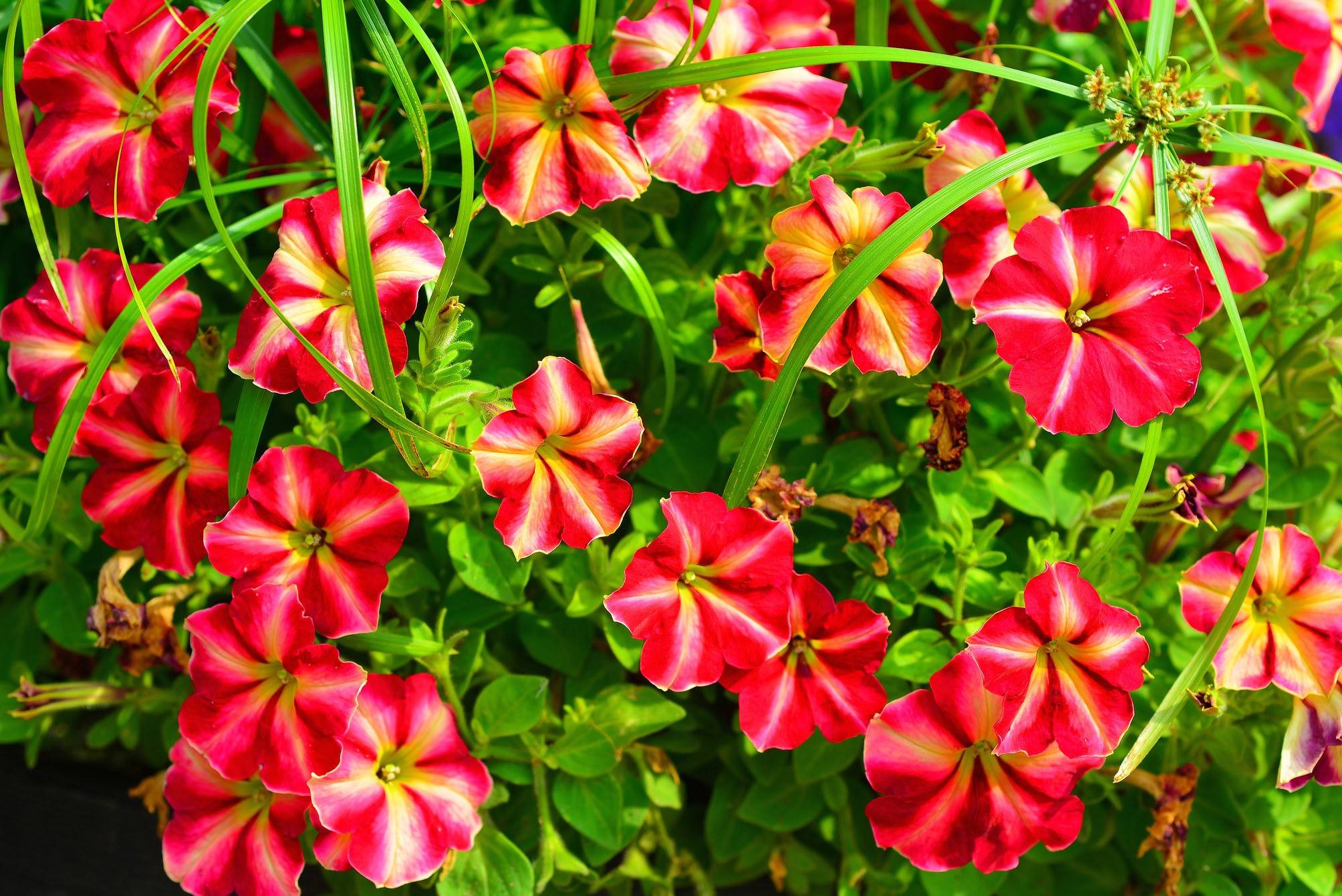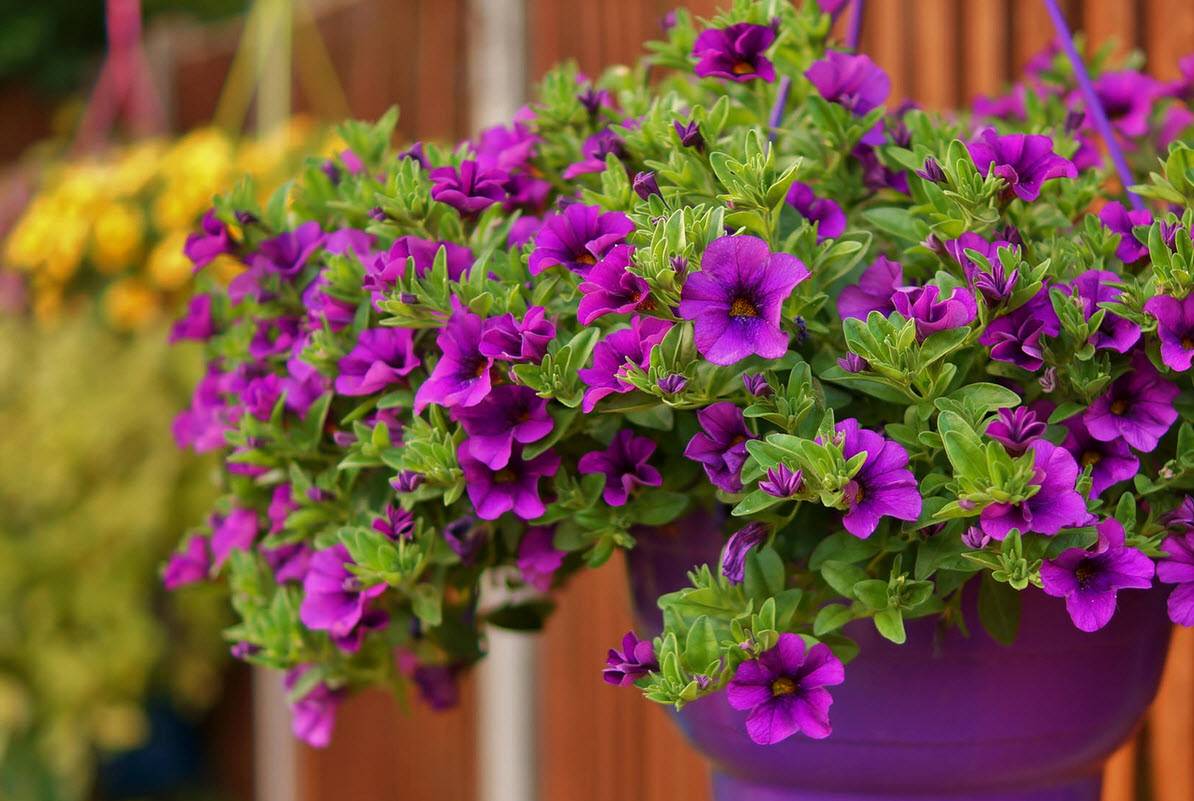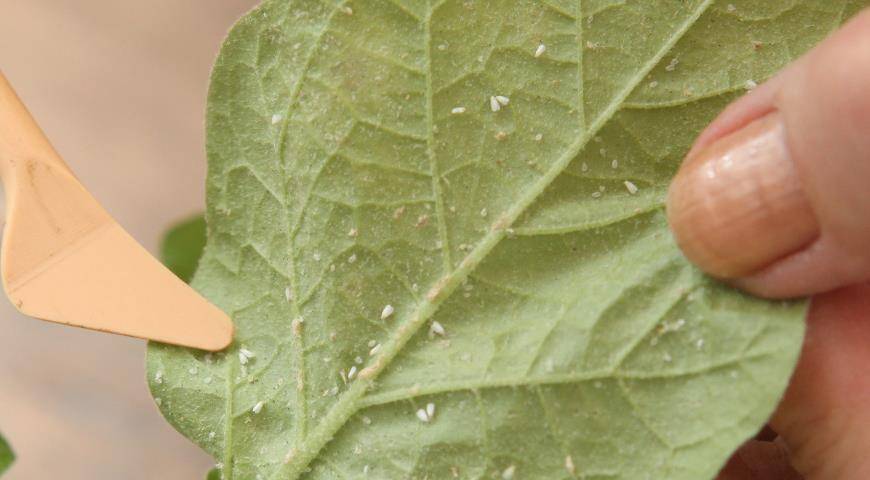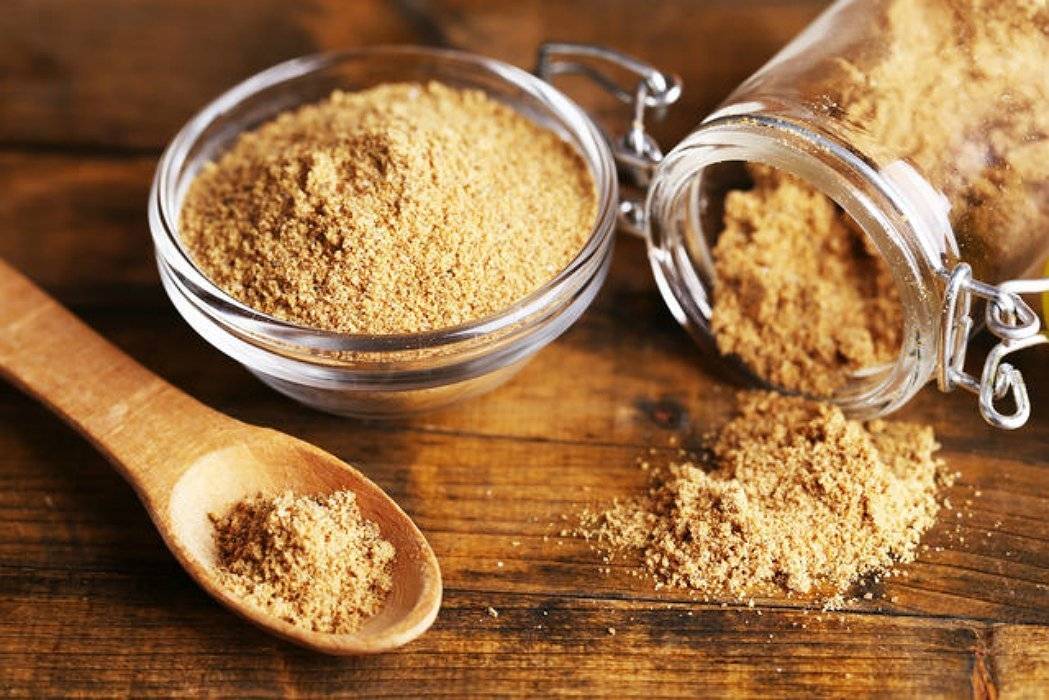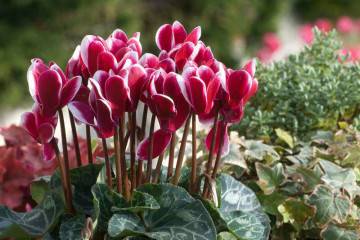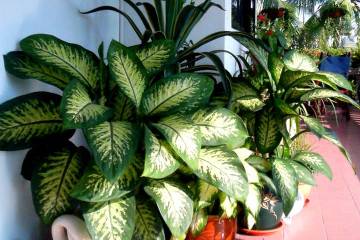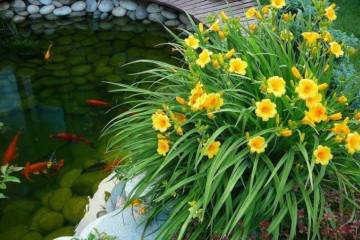Diseases of petunia - why do the leaves turn yellow?
Content:
Among the summer plants that adorn the flower beds of domestic gardeners, petunias stand out. These plants came from the United States and literally flooded gardens and balconies. Diseases of petunia can appear for a variety of reasons: from violations of the temperature regime to a deficiency of nutrients in the soil. In order for a plant to delight with juicy green leaves and bright colors of inflorescences, it is important to know how to treat diseases and prevent their development.
Diseases of petunia and their treatment
Green petunia bushes are the best decoration for borders, accent of flower beds, an option for decorating paths. Gardeners are pleased with their unpretentiousness, ease of care. However, sometimes plants still infect a variety of diseases and attack pests. Inexperienced gardeners may find that the list of problems (and, accordingly, their causes) is quite extensive. Without identifying the root cause, no solution can be found.
Why petunia leaves turn yellow: what to do
Regardless of where the flower was planted - in a flowerbed in the open field, in a planter or pot, it can suffer from various negative factors. There are various reasons why petunia leaves turn yellow, what to do to restore the normal state of the plant, you can understand only by examining the bush and soil.
For example, insufficient light can lead to discoloration of foliage. It is not difficult to fix the situation: just put the pot in an open area. When growing petunias in the open field, special attention should be paid to the choice of location: the plant feels good in open, well-lit areas.
Why does petunia turn yellow? Leaves can turn yellow due to attacks of pests, the main of which is aphids. In this case, it is necessary to carefully treat the aboveground part of the plants with special means. If yellowing of the upper leaves is noted, we can say that the soil lacks nutrients, and therefore it is extremely important to apply fertilization.
Why petunia does not bloom
Florists who plant this plant on their site appreciate it for flowering, which is abundant and long. True, sometimes it happens that the plants reach the required size, but the buds do not appear on them. So why doesn't petunia bloom? There may be several reasons for this problem, including:
- unsuitable temperature conditions. If the forecast is for cold nights or rainy days, it is recommended to cover the plants with plastic caps. If a sultry drought is expected, you can shade the area where the petunia grows;
- new flowers will not bloom if the gardener has not timely removed all the buds that have faded or withered;
- improper feeding. The buds will simply not form if the plant lacks certain trace elements;
- non-flowering variety. It also happens that a variety of petunia comes across, which does not bloom in the first year, but only in the second.
Why does petunia dry: what to do
This bright and original flower can dry out for a variety of reasons. Among them are excessive or insufficient amount of moisture, the use of hard, unsettled water for irrigation, sudden changes in temperature.
Diseases, attacks of insect pests of petunias can lead to drying of the stem. The fact is that the root system of the plant suffers, nutrients and moisture are not supplied to its aerial parts.
Why petunias have sticky leaves: what to do
Experienced growers know that some varieties have leaf stickiness, which is normal and does not pose a threat. However, there are various reasons why petunias have sticky leaves, and what to do about this problem needs to be addressed as quickly as possible.
First of all, you should inspect the bush. If gray or brown spots and insects are present on the back of the leaf plates, then the plant is affected by aphids. The bushes should be treated with insecticides.
How does chlorosis of petunia manifest?
Sometimes you can see that the leaves turn yellow, while the veins remain green, the leaf plates curl, and the stems change shape. The cause of such manifestations is petunia chlorosis - a disease that requires the immediate destruction of the plant. Disease can be prevented by applying fertilizers to the soil, which include iron.
Powdery mildew on petunia: how to fight
Powdery mildew on petunias can appear due to diseased plants nearby, contaminated soil containing fungal spores. It is simple to detect the disease: a white fluffy bloom appears on the bushes, the foliage is covered with cloudy droplets that vaguely resemble dew. If you do not start treatment, a dense white crust appears.
The first thing to do is remove all damaged parts of the plant and the topsoil. After that, the bushes should be treated with topaz, quadris, skor, foundationol preparations.
Fusarium petunia
The development of this disease is caused by blockage of blood vessels by a fungus. The description of the symptoms is as follows: the lower levels of the plant turn yellow, the stems begin to wilt and then rot. The result for the plant is deplorable: all metabolic processes are disrupted, seeds and buds do not develop.
It is necessary to treat the plant, you will need a change of soil, correction of the irrigation regime and treatment with special preparations (foundationol is suitable).
Common causes of disease
The emergence of diseases can be associated with more than just pest attacks or infected garden tools. The reason may be negative external influences. For example, diseases can appear due to factors such as:
- iron deficiency;
- unsuitable temperature regime;
- non-compliance with watering rules.
Temperature violation
Petunias will not be able to bloom if the air temperature does not meet their requirements. The optimal range is from 20 ° C to 30 ° C. Higher temperatures will cause the greens to lighten and the buds will not be able to form.
Violation of watering rules
Sometimes gardeners notice these signs:
- change of form;
- withering;
- color change.
There are a number of rules that are important to follow. You cannot do the following:
- use cold water for irrigation;
- water the plant with hard water;
- watering if the topsoil is not dry;
- pour young seedlings with water from a bucket or watering can.
Lack of iron
The color of the bush has become dull, gray stripes have appeared? Most likely, the plant lacks iron. To fix the problem, you should feed the petunia. Watering or spraying will work.
Diseases associated with excess moisture
It is not so difficult to grow a healthy and beautiful flower, the main thing is to establish a watering regime. This is the only way to prevent the appearance of diseases that are associated with stagnation of moisture at the roots.
The fact is that an excessive amount of water can lead to decay of the root system, which is why the leaves of the petunia turn yellow, it withers, drops the buds.
Prevention and remedies for diseases
Speaking about petunia diseases and how to deal with them, it is worth assessing the important role of preventive measures. Many remedies for the fight can be prepared with your own hands.
How to treat with folk remedies
Experienced flower growers know that it is not at all necessary to purchase chemical and biological preparations; it is possible to use improvised means for the treatment and prevention of petunias diseases.
So, you can fight various diseases with folk remedies that are quite effective and differ in the way they are used. Gardeners recommend the following:
- spraying with garlic infusion. For 1 liter of water, 20 g of chopped garlic will be required;
- soda ash (20 g) combined with clean water (5 l) and dishwashing detergent (5 g) will help from pests;
- bushes can be sprayed with mustard powder (20 g) diluted in water (5 l).
Prevention and protection of petunias from pests and diseases
Petunias have a pleasant sweetish aroma, are distinguished by a rather soft texture of the aerial part. Among the pests that usually infect plants are the following:
- spider mite. The pest entangles the stems of the bushes with cobwebs;
- aphid. Because of it, the sheet plates are deformed;
- thrips. Insects leave grayish streaks on the leaves;
- whitefly is a pest that completely destroys the bush.
Most often, insects infect specimens that were planted in open ground. To protect the plants, it is necessary to follow all the rules of care, to provide the petunias with a stable temperature regime and lighting, from time to time to add nutrients to the soil, and trim excess shoots.
A deterioration in the appearance of flowers that have been cared for by a gardener for a long time can cause the disorder. It is especially offensive when the grower is waiting for the moment when bright buds will finally bloom, but this does not happen. That is why it is extremely important to regularly inspect plants for spots, bumps, streaks, yellowed parts and insect pests, and if any of the above are found, start treatment as soon as possible.
